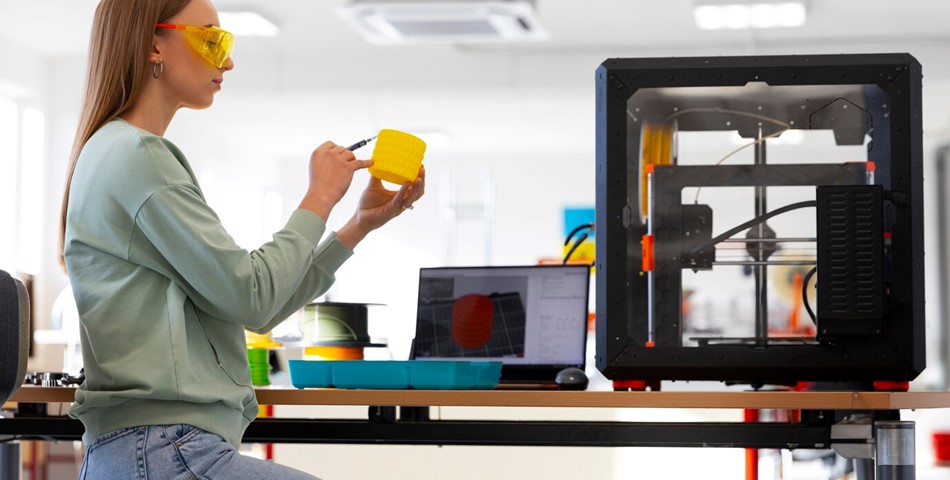In a groundbreaking development, researchers at MIT have unveiled a remarkable innovation in the realm of medical technology: 3D printed self-heating microfluidic devices. These devices, created through multi-material 3D printing, offer a cost-effective solution for heating fluids in remote regions where access to traditional laboratory equipment is limited.
Functionality and Design
Utilizing a combination of PLA (polylactic acid) and PLA infused with copper nanoparticles, these microfluidic devices can be produced in a single step, making them both efficient and affordable. The PLA acts as a dielectric, while the copper nanoparticles impart conductivity, enabling the generation of heat. This dual-material approach not only simplifies production but also enhances functionality.
With channels measuring 500 micrometers wide and 400 micrometers tall, these devices can efficiently heat fluids by 4°C as they flow between input and output. What's more, this technology opens doors to creating devices capable of heating fluids in tailored patterns or gradients, offering unprecedented versatility in applications.
Challenges
However, challenges remain. The PLA's maximum temperature limit of around 50°C restricts certain applications. To address this, the MIT team is exploring the integration of a third material for temperature sensing. Additionally, they are investigating the use of printed magnets for particle sorting or alignment, further expanding the device's capabilities.
MIT's Dive into Medical 3D Printing
MIT's foray into 3D printed medical technology is not new. Just last year, they made waves with their method for printing soft replicas of patients' hearts, revolutionizing the field of personalized medicine. These hearts accurately mimic patients' unique blood-pumping capabilities, offering invaluable insights for medical professionals.
Beyond MIT, the landscape of 3D printed microfluidics is rapidly evolving. Researchers at the University of Bristol have developed an affordable and open-source method for creating microfluidic devices, using standard domestic equipment and desktop 3D printers. This approach holds promise for widespread adoption in point-of-care diagnostics, ushering in a new era of accessible medical technology.
Meanwhile, at the Stevens Institute of Technology, researchers are leveraging computational modeling to advance microfluidics-based 3D bioprinting, with the ambitious goal of fabricating entire human organs. Microfluidics' cellular-scale precision is essential for accurately mimicking biological features, offering hope for groundbreaking advancements in regenerative medicine.
As 3D printing technology continues to advance, the potential for transformative innovation in healthcare is limitless. From remote regions lacking traditional lab infrastructure to the forefront of organ transplantation, these developments underscore the profound impact of interdisciplinary collaboration and technological ingenuity in shaping the future of medicine.
3Dprintingindustry.com - Ada Shaikhnag














